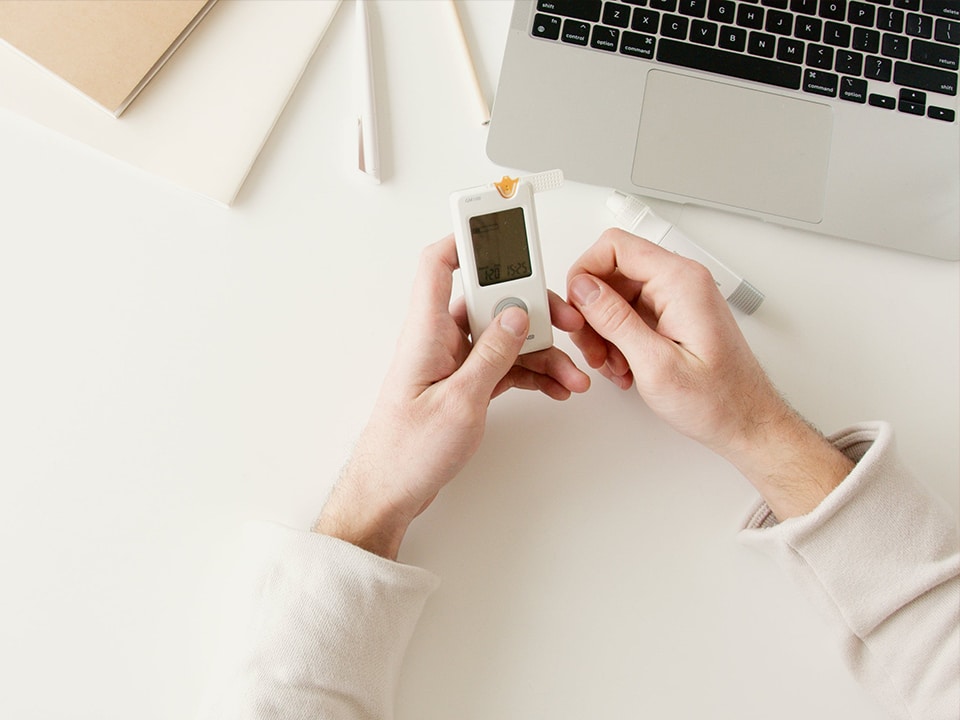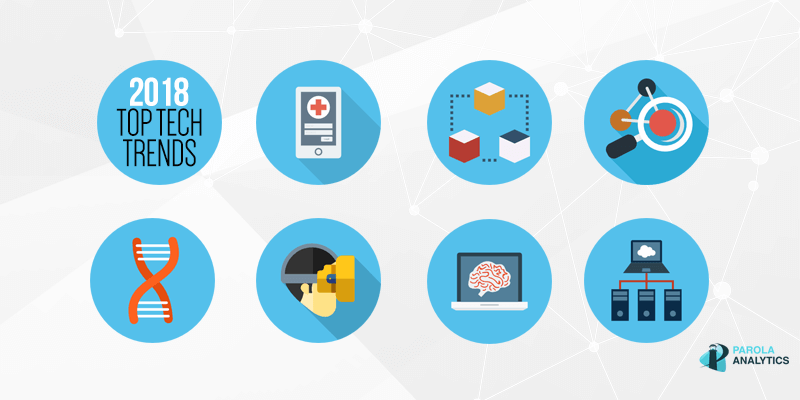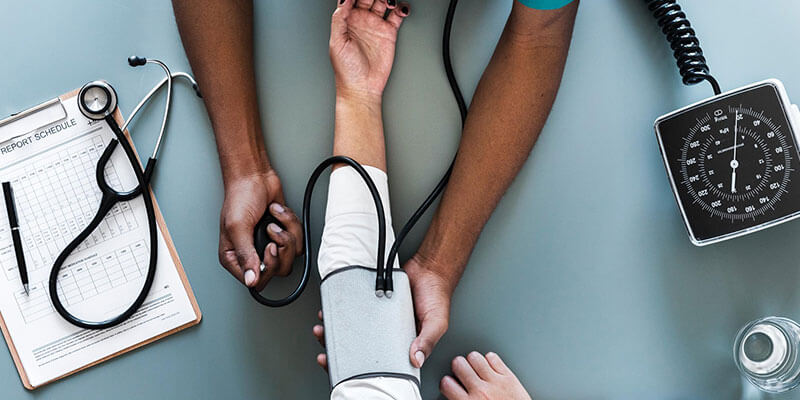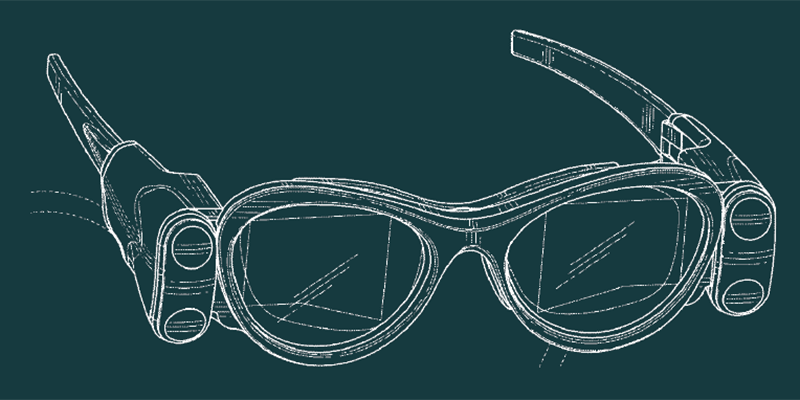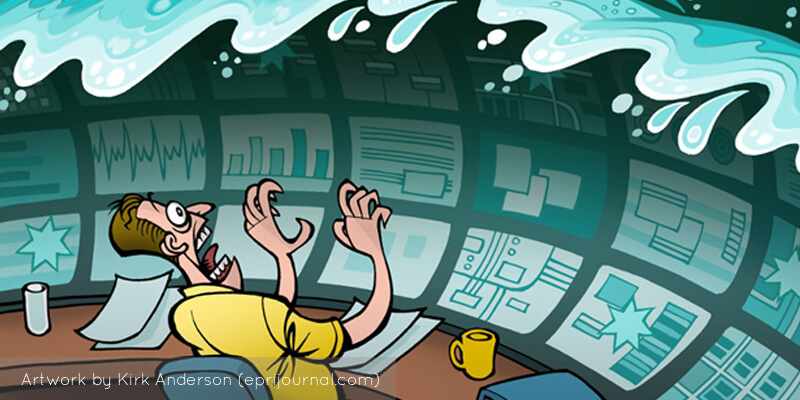An algorithm that uses artificial intelligence could help patients with type 1 diabetes anticipate and potentially avoid nocturnal hypoglycemia by notifying them of their risk before going to sleep.
This novel system, developed by a team of biomedical engineers, endocrinologists and software engineers at the Oregon Health and Science University, utilizes a large data set to accurately predict nocturnal hypoglycemia in diabetic patients. The patent application for this invention was published by the US Patent and Trademark Office.
Diabetic patients experience what is called nocturnal hypoglycemia, which is when their blood glucose levels fall below 70 milligrams per deciliter, from a normal level above 100 mg/dL while sleeping. Level 2 hypoglycemic episodes can result in seizures and even fatality. These episodes are attributed to nocturnal hypoglycemia 55% of the time in T1D patients and 75% of the time in children. Cases are particularly risky since sleeping patients are unable to recognize symptoms, and may not awaken hypoglycemia alarms from their blood sugar monitor.
Patients with type 1 diabetes (T1D) require lifelong insulin treatment to maintain adequate blood glucose control. However, intensive glucose control increases the risk of level 2 hypoglycemic episodes that result in seizures and potentially fatal consequences. Despite the advances in insulin delivery technologies including sensor-augmented insulin-pumps and artificial pancreas systems, hypoglycemia still constitutes a barrier to achieving improved glycemic control. Fear of hypoglycemia can lead to poor glucose management decisions such as insulin underdosing, or extra intake of carbohydrates.
Prediction of nocturnal hypoglycemia at bedtime has been less studied than hypoglycemia in patients with T1D. Majority of patients with T1D continue to manage their glucose using multiple daily insulin injection (MDI) therapy. Without the benefit of automated insulin delivery and glucose sensing, patients using MDI must be proactive about adjusting their insulin or consuming a carbohydrate before bed to prevent nocturnal hypoglycemia.
In September 2018, a group of researchers at Shinshu University School of Medicine in Japan reported a technique for predicting nocturnal hypoglycemia in patients with insulin-treated type 2 diabetes. Their study showed that the linear combination of age, fasting blood glucose level, and daily basal insulin dose could predict the lowest nocturnal glucose of about 31 mg/dL. However, this prediction model was developed and validated on a small dataset (29 insulin-treated T2D patients).
In this patent application, the inventors used a bigger dataset collected from patients under free-living conditions to train and evaluate a nocturnal hypoglycemia alerting algorithm intended to provide a benefit of an accurate nocturnal hypoglycemia prediction and reduce the cost of an inaccurately predicted event using decision theory. Their study was also published in the journal Diabetes Technology & Therapeutics.
A support vector regression (SVR) model was trained to predict the lowest nocturnal glucose concentration for people with T1D prior to bedtime, and its operation point was derived via a decision theoretic criterion. The algorithm was trained on the dataset of 27,466 days of continuous glucose measurement taken every five minutes and insulin data collected from 124 patients with type 1 diabetes. Features from glucose monitoring and insulin data were calculated, and the most relevant descriptors were used as inputs to the model. The threshold for announcing the risk of nocturnal hypoglycemia to the patient was derived from the SVR model output by applying a decision theoretic criterion to enhance the expected net benefit of the announcement. A secondary validation set was obtained from 10 patients with type 1 diabetes during a 4-week trial under free-living sensor-augmented insulin-pump therapy.
A recommendation to manage glucose levels is generated as prescribed by the decision support system if the model predicts the occurrence of a hypoglycemic event during sleep. The recommendation may include injecting glucagon or prescribing an amount of carbohydrates to be ingested before sleep.
According to the patent application, their AI model designed using decision theory can predict nocturnal hypoglycemia at bedtime with high sensitivity and specificity, identifying 94.1% of nocturnal hypoglycemia events and all level 2 hypoglycemia events.
The featured patent application, “Predicting and Preventing Hypoglycemia in Patients Having Type 1 Diabetes During Periods of Incognizance Using Big Data Analytics and Decision Theoretic Analysis” was filed by Oregon Health & Science University with the U.S. Patent and Trademark Office on December 7, 2020. It was published on June 10, 2021. The listed inventors are Peter G. Jacobs, Clara Mosquera-Lopez, Nichole Tyler, Robert Dodier, Jessica Castle, Joseph E. Youssef and Leah Wilson, Oregon Health & Science University.
